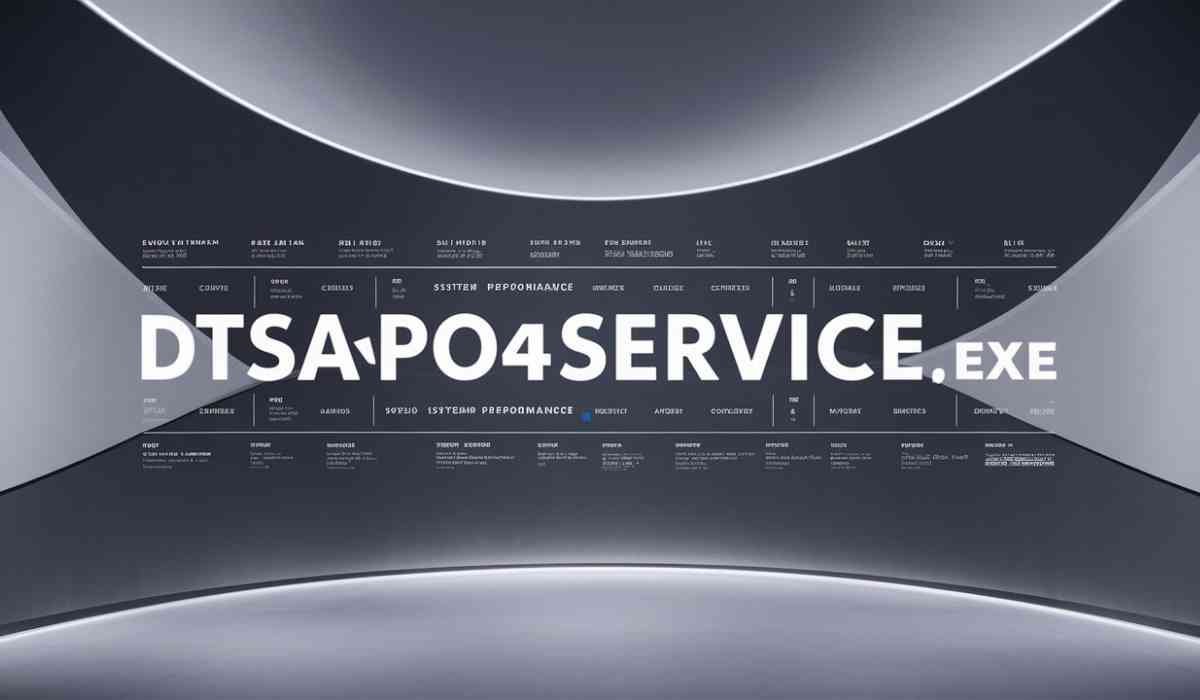In today’s rapidly evolving workplace, performance management has become a crucial aspect of an organization’s success. One of the most effective methods to assess and improve employee performance is through 360-degree feedback. This guide will explore what 360-degree feedback is, how it works, and why it is a valuable tool for personal and professional growth.
What is 360-Degree Feedback?
360-degree feedback is a performance appraisal system that gathers feedback from a range of people who interact with an employee. Instead of relying solely on a manager’s assessment, this method includes input from a variety of sources, such as peers, subordinates, and even external stakeholders like clients or customers. The goal is to provide a more holistic view of an employee’s performance, highlighting strengths and areas for improvement from multiple perspectives.
This multi-source feedback approach helps eliminate the biases that can come from a single evaluator, ensuring that employees receive a fair and well-rounded evaluation. It is particularly useful for leaders and team members alike, as it encourages continuous improvement and helps to identify leadership qualities that may not be evident through traditional reviews.
How Does 360-Degree Feedback Work?
The process of implementing 360-degree feedback typically involves the following steps:
- Selecting Participants: The employee under review selects a group of individuals who will provide feedback. These individuals can include supervisors, colleagues, subordinates, and sometimes even customers. The feedback is usually gathered anonymously to encourage honest and constructive responses.
- Survey Design: Feedback is collected through surveys or questionnaires, which can be designed to assess a wide range of competencies. These may include areas like communication, teamwork, leadership, problem-solving skills, and technical expertise. The questions are typically designed in a way that allows evaluators to rate the employee on a scale (e.g., from “poor” to “excellent”).
- Feedback Collection: Once the survey is distributed, the evaluators complete the assessments. The results are then compiled, analyzed, and presented to the employee.
- Feedback Interpretation: The feedback is shared with the employee, typically through a one-on-one meeting with a manager or HR representative. The goal of this meeting is to help the employee understand their strengths and areas for development based on the feedback received.
- Action Plan: After reviewing the feedback, employees work with their managers or coaches to create a development plan aimed at addressing the areas identified for improvement. This plan can include targeted training, mentorship, or additional support in specific areas.
Benefits of 360-Degree Feedback
There are numerous benefits to using 360-degree feedback as a tool for performance management. Some of the most notable advantages include:
- Comprehensive Performance Evaluation: Traditional performance reviews often only reflect the perspective of the employee’s manager, but 360-degree feedback offers a more comprehensive view. This method allows organizations to gain insights into an employee’s performance from all angles, making the review process more thorough and accurate.
- Improved Self-Awareness: Employees who participate in 360-degree feedback tend to develop a greater awareness of their strengths and weaknesses. This feedback encourages individuals to reflect on their behavior, communication style, and overall impact on their team and the organization.
- Enhanced Team Dynamics: By involving peers and subordinates in the feedback process, 360-degree feedback helps improve relationships and team dynamics. It fosters a culture of openness, collaboration, and trust, which can lead to better teamwork and more effective communication.
- Continuous Development: With actionable insights, employees can focus on their professional growth in a targeted manner. The feedback helps them identify skill gaps and opportunities for improvement, fostering continuous development and career advancement.
- Increased Accountability: When feedback comes from multiple sources, employees become more accountable for their performance. They understand that their actions are being observed by others, which encourages them to improve and align their behavior with organizational goals.
Challenges of 360-Degree Feedback
While 360-degree feedback offers many benefits, it’s not without its challenges. Some of the common obstacles organizations may encounter when implementing this system include:
- Feedback Fatigue: Employees may become overwhelmed by the number of surveys or assessments they are required to complete, particularly if they are asked to provide feedback on many colleagues.
- Biases: Even though 360-degree feedback aims to minimize bias, it is not entirely immune. There may still be personal biases at play, particularly when evaluators have strong feelings, either positive or negative, about the employee.
- Negative Impact on Morale: If not handled correctly, negative feedback can affect employee morale. It’s essential that organizations create a supportive environment for feedback and emphasize that the goal is to improve, not to criticize.
- Implementation Complexity: The process of gathering feedback from multiple sources can be complex, especially in larger organizations. Without proper tools and systems, it can become time-consuming and difficult to manage.
Conclusion
360-degree feedback is an invaluable tool for both individual and organizational development. It provides a well-rounded perspective on employee performance, which can drive continuous improvement and foster a culture of accountability. By leveraging feedback from multiple sources, employees can gain insight into their strengths and weaknesses, making it easier to create actionable plans for growth.
For more information on how to implement 360-degree feedback in your organization and the best practices to follow, check out this comprehensive guide on the subject: 360 Degree Feedback Guide. Whether you’re looking to improve team dynamics or individual performance, this method offers the insights needed to succeed in today’s competitive business environment.









